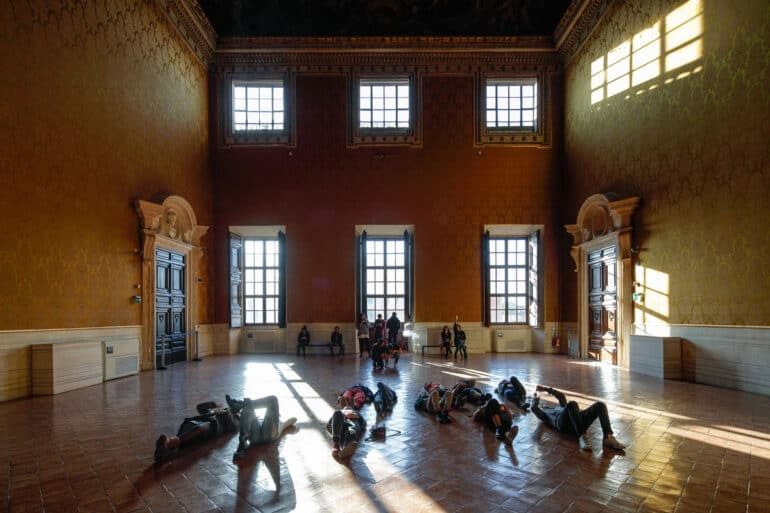Strolling through the Barberini Corsini National Galleries: a wonderfully documented passeggiata through Italian Art History
Ever wondered what a walk through the history of art would feel like? The Palazzo Barberini and the Galleria Corsini, one museum split into two galleries, comes pretty close. It is to be experienced as a passeggiata of incredible depth and richness, that will make you travel from the 13th to the 18th century, taking you from Gothic, sacred art to genre paintings, letting you explore the Renaissance masters’ reciprocal influences, or simply allow you to marvel at some of Raphael’s and Caravaggio’s greatest works.
A stroll that Flaminia Gennari Santori, President of the Museum, describes as “a common thread that unravels between the Barberini and Corsini collections and outlines the reason to be of this museum, a fascinating story on how art has been looked at, collected, disseminated and reinvented by the times of Urban VIII (first half of the seventeenth century) to those of Neri Corsini (second half of the eighteenth century) up to the present day.”
CLICK HERE TO BUY TICKETS TO PALAZZO BARBERINI AND GALLERIA CORSINI
Palazzo Barberini: the story begins on the Quirinal Hill
Not far from Rome’s bubbly historic center lies Palazzo Barberini–a discreet, prestigious gem of the city’s historic and artistic heritage. From the entry on Via delle Quattro Fontane, the gardens quickly leave room to the elegant, imposing building of the Palazzo, whose construction was supervised by three of the most renowned architects of the 1600s (Gian Lorenzo Bernini, Francesco Borromini, Pietro da Cortona) to host the family of Maffeo Barberini, who became Pope Urban VIII in 1623.
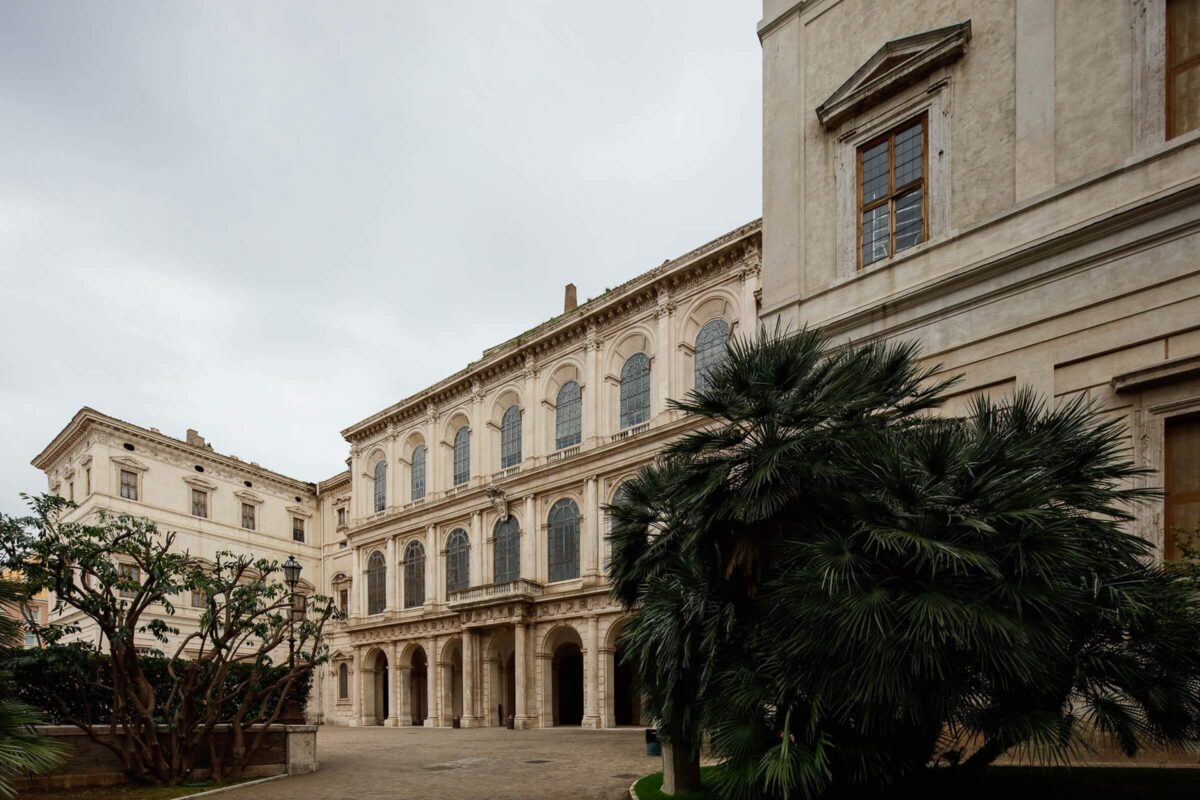
On the ground floor of the preserved, quiet building, I made my way towards the first exhibition rooms, admiring the fresco cycle that adorns the ceilings: episodes of Greek mythology commissioned by Cardinal Francesco Barberini, nephew of Pope Urban VIII, including the beautiful “Ulysse and the Sirens“. The walls feature the most antique works of the collections: painted wooden crosses conveying the main symbols of Christianity, episodes from the Passion of the Christ, interpretations of the Madonna and Child, representations of the Apostles. From the Gothic era to the early Renaissance rooms, I witnessed how painters began to link rich decoration to research on perspective, exploring representations of reality and the use of natural light effects.
Reaching the end of the first part of the collection, I made my way up the majestic staircase designed by Borromini. Harmony defines the space, filled with whiteness, light and vast columns.
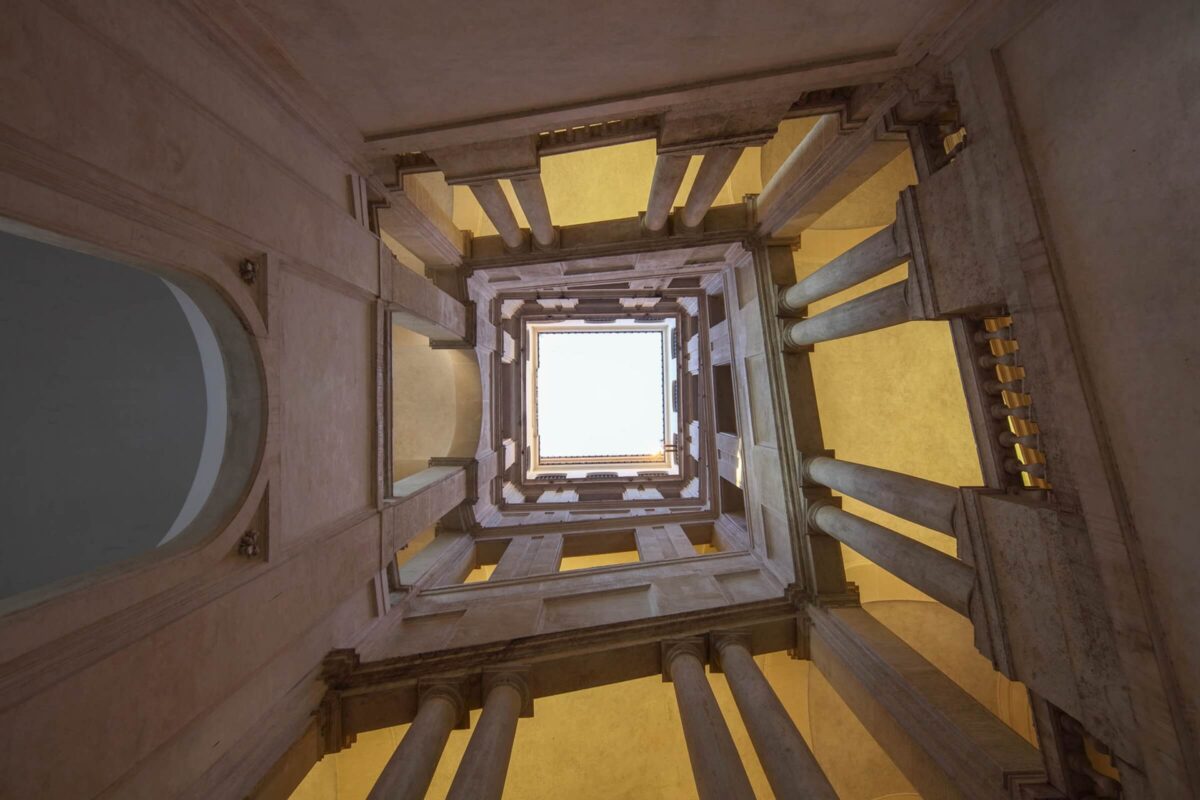
Reaching the first floor, I discovered the marble statues of Antonio Barberini, Urban VIII and the Cardinal Francesco Barberini, before reaching a richly ornate, marbled room in ocher and currant nuances.
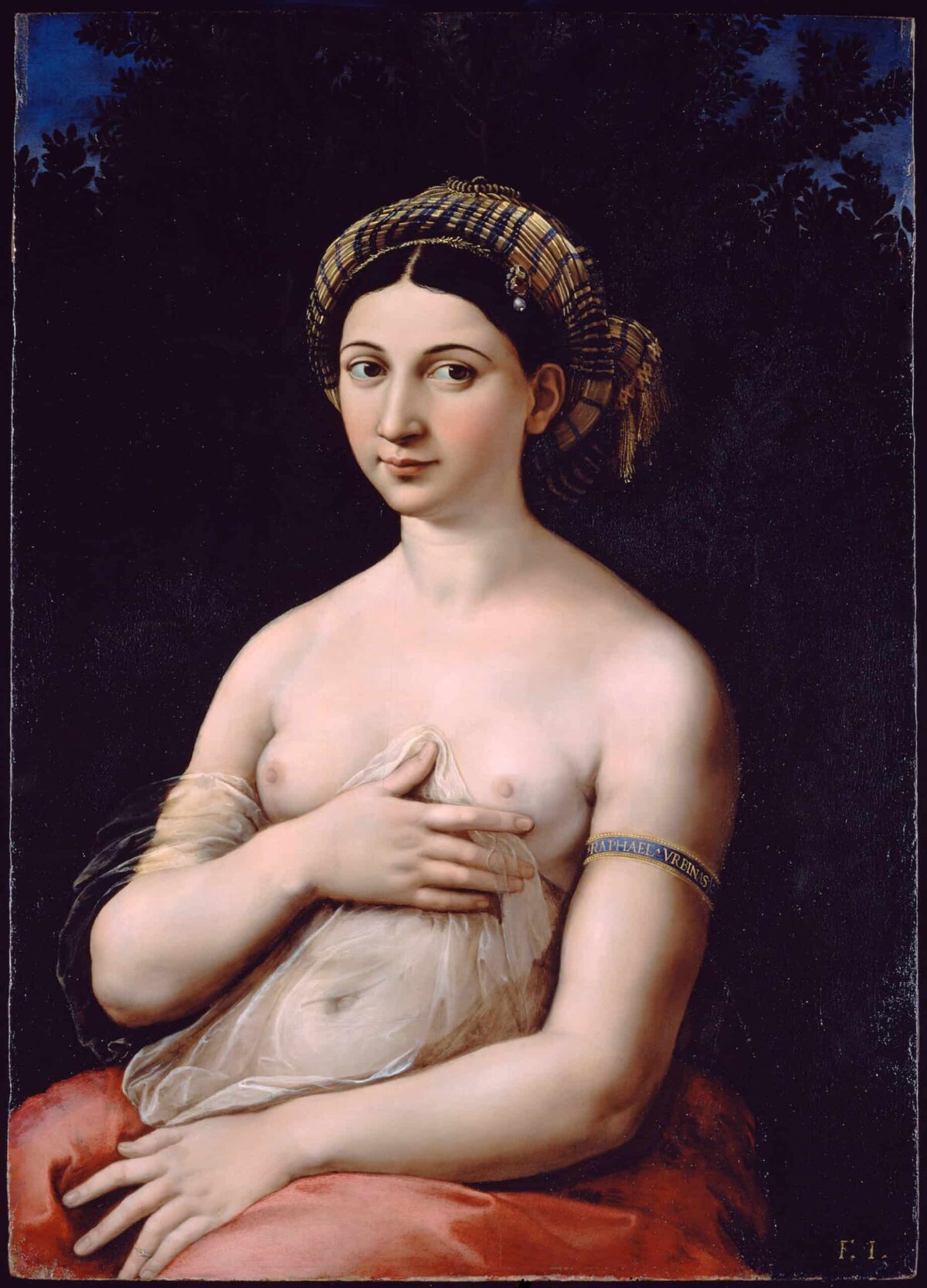
Raphael’s genius awaits you in room 12. La Fornarina was one of his last portraits, and maybe one of his most mysterious works. If the word “fornarina” was, at his time, commonly used to describe a street prostitute, all that the beholder can see is the great beauty and love that emanate from the portrait of a woman that historians now believe to be Agostino Chigi’s beloved wife, Francesca Ordeaschi, who died poisoned a couple of months after her husband’s death.
Unfolding the big picture…
The frescoes that decorate the ceilings, the rich marble floors, the wooden ornaments and the size of the next series of rooms will almost overwhelm you.
With the gallery’s explanations, the underlying threads of the period become clear: the treatises on the purposes and intentions behind paintings, the growing visual interpretation, artists’ explorations of virtue and excess, weakness and grandeur, guilt and pride, seduction and wisdom, pure Beauty… they all find themselves unveiled. Suddenly, the viewer is drawn into art naturalism and invited to interrogate paintings: to not merely see, but learn and question, to transcend the obvious representation in order to seize the object.
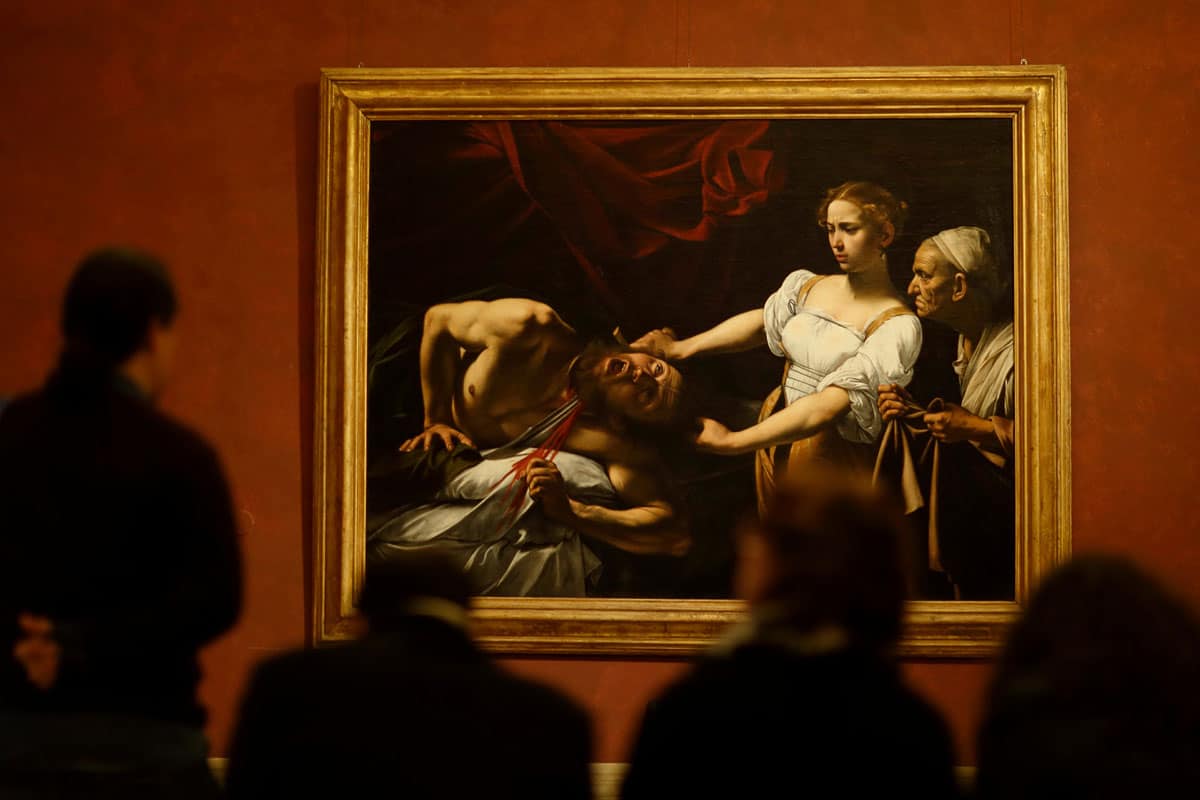
Painting genres are unpacked, from traditional ones (sacred painting, historical-mythological painting, portraiture) to new, figurative ones such as “genre painting”, before rewarding the visitor with one of the absolute masterpieces of the collections, featured in room 24: “Judith beheading Holofernes”, which reveals the poetry of Caravaggio’s works. By showing the agony of death, as if time had been suspended, the magnetism of the painting draws us in, before leaving us stunned between feelings of fascination and attraction, of repulsion and frustration.
Getting even further lost in history…
Not sure where to go next, I wandered around, staring upwards in a succession of high-ceiling rooms featuring remarkable giant frescoes.
I entered the Throne room, where “the largest painting in Rome” sits, reached the Oval Room, the Marble Room, marvelled at Da Cortona’s grandiose “Triumph of Divine Providence and the Fulfilment of its Purposes under Pope Urban VIII”… before walking along the eloquence of the late 17th and 18th centuries, strolling around the Venetian and Roman landscape paintings, and discovering the principle of theatricality in 17th century paintings with Giovanni Lanfranco’s “Venus playing with the Harp”.

Reaching the end of the first part of Italian art history, I saw, in a way that feels clearer than ever before, the continuity of art and its shifting influences, as if I could retrace the steps of the grand masters, who they learnt from, who they inspired, and the reality they were trying to brush.
Galleria Corsini: the story unfolds in Trastevere
As a new day rises (the ticket for the two galleries is combined and valid for 20 days), I crossed the Tiber to head to the Trastevere district, where the second part of the museum awaits. The Palazzo, erected in the 16th century by Cardinal Raffaele Riario, was modified during the course of the 17th century, when it became the residence of Queen Christina of Sweden and her circle. The Palazzo was then acquired by the Corsini papal family in 1736, who restructured and expanded its existing parts, before selling it to the Italian state in 1883. From then on, it became not only the first Italian National Gallery, but the home to the Lincean Academy (Galileo Galilei was one of the first members) and the Botanical Gardens of Rome.
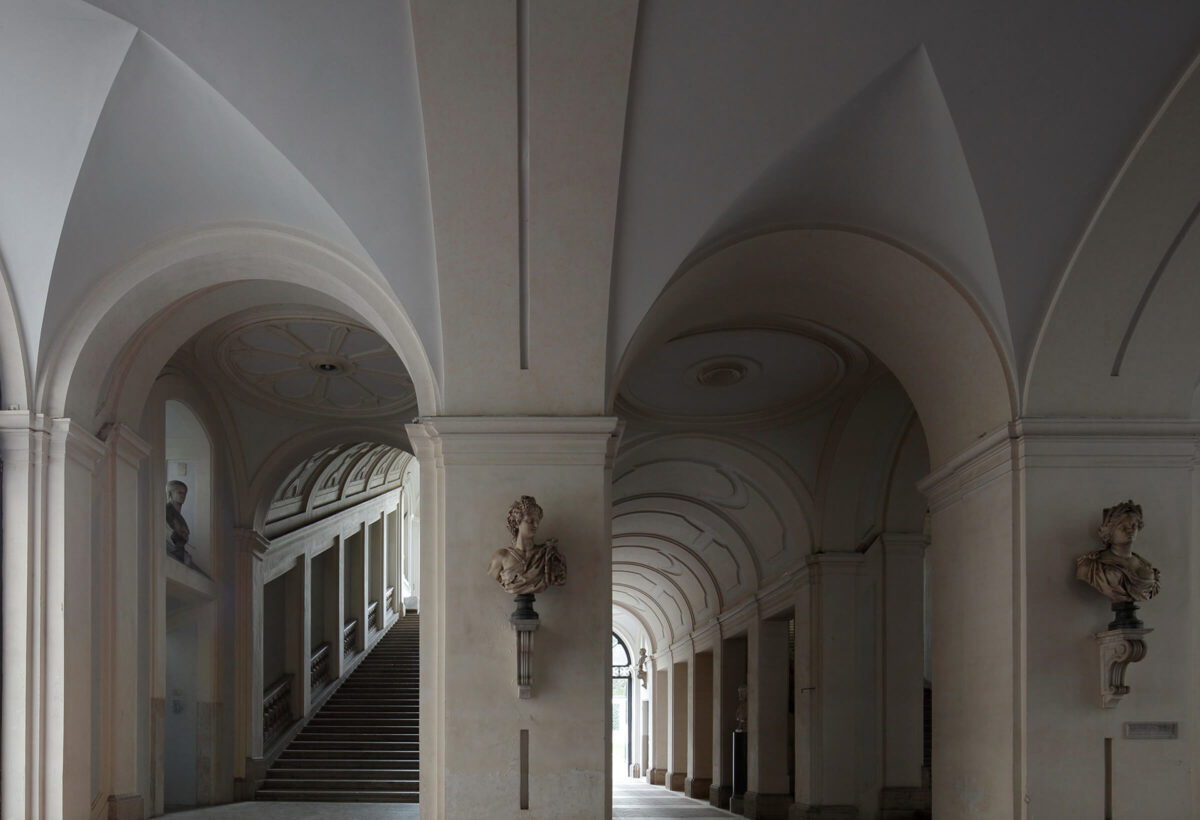
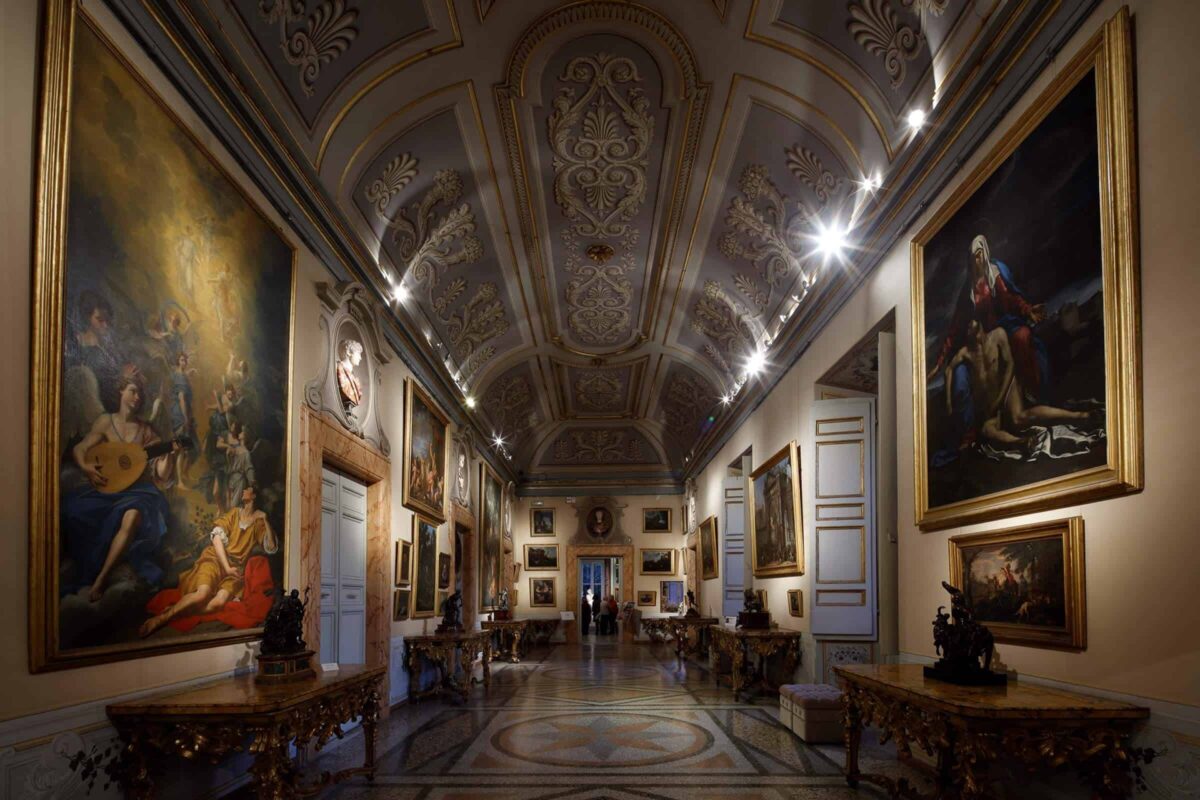
If one might feel fulfilled by the journey offered by Palazzo Barberini, the truth is that the Galleria Corsini– on top of several masterpieces – enriches it even further. As the only eighteenth-century Roman picture gallery that has survived to this day, it immerses the visitor in an incredibly vivid, authentic way, into how art was curated during the 17th and 18th centuries.
After passing the spectacular entrance way, filled with sarcophagi and late Baroque busts, I made my way to the first floor, and the gallery itself. Composed of more than 300 paintings, the luxurious rooms, organized in a way that has remained true to the 18th century residences, feature a perfectly symmetrical, genre-led display of paintings, sculptures and pieces of furniture that decorate the already richly ornamented, marbled-floor spaces.
Impressed by the variety, I followed my inclinations, lingering over Luca Giordano’s “Christ amongst doctors” oil on canvas, contemplating the floor, the volumes, the walls, not always sure of where to look at, but mesmerized all the same.
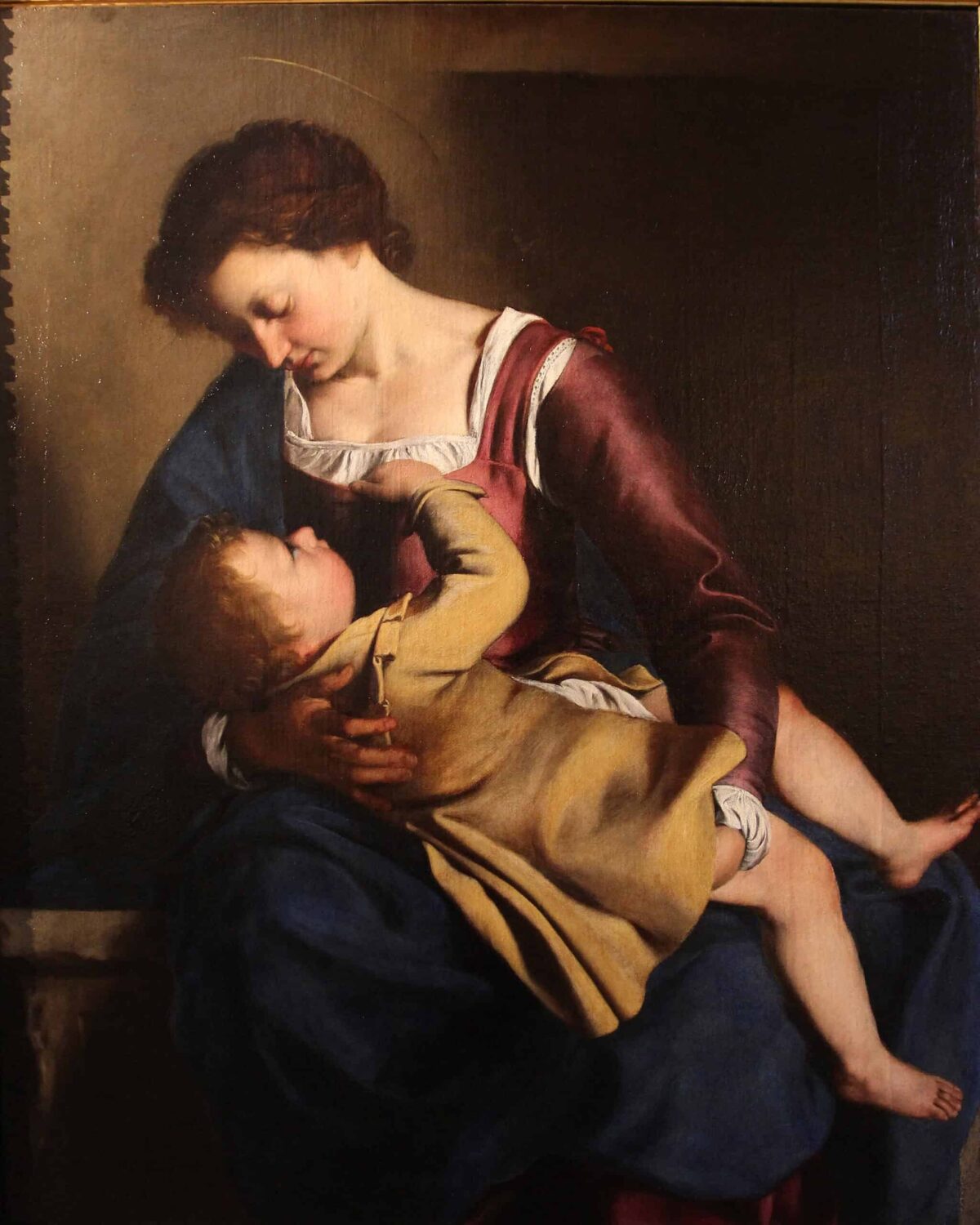
In room 3, the Cardinal’s Gallery, I abandoned the idea of locating each painting. Instead, I embraced the spirit of the place, the paintings and golds, the opulence of the oils, the drapes of the dresses… and admired Orazio Gentileschi’s “Madonna col Bambino”. Continuing my way, I discovered the Corsini throne in room 4, the “Camera del Camino”. In room 5, or “Camera dell’Alcova”, I found impossible not to stare at the incredibly colored marble columns, as well as at the “San Sebastiano curato dagli angeli” painting from Pieter Paul Rubens.
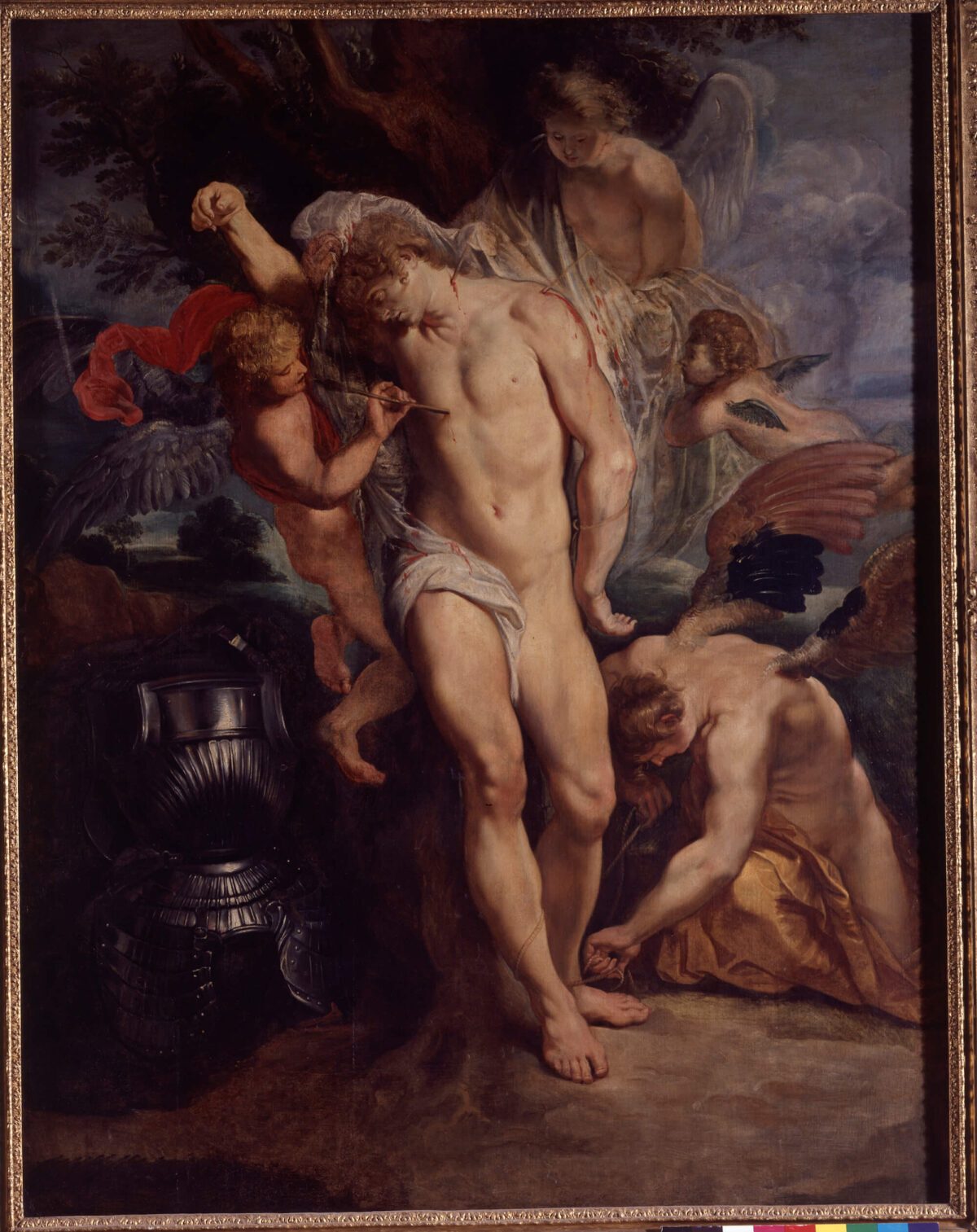
After this rich encounter, I entered a lighter room: the Gabinetto Verde. The ceiling is neutral, as if to best attract the beholder’s eyes on the countless portraits featured on three of the four walls. On the last one the “Beato Angelico” triptych by Giovanni da Fiesole is displayed, portraying the Ascension, the Universal Judgment and the Pentecost.
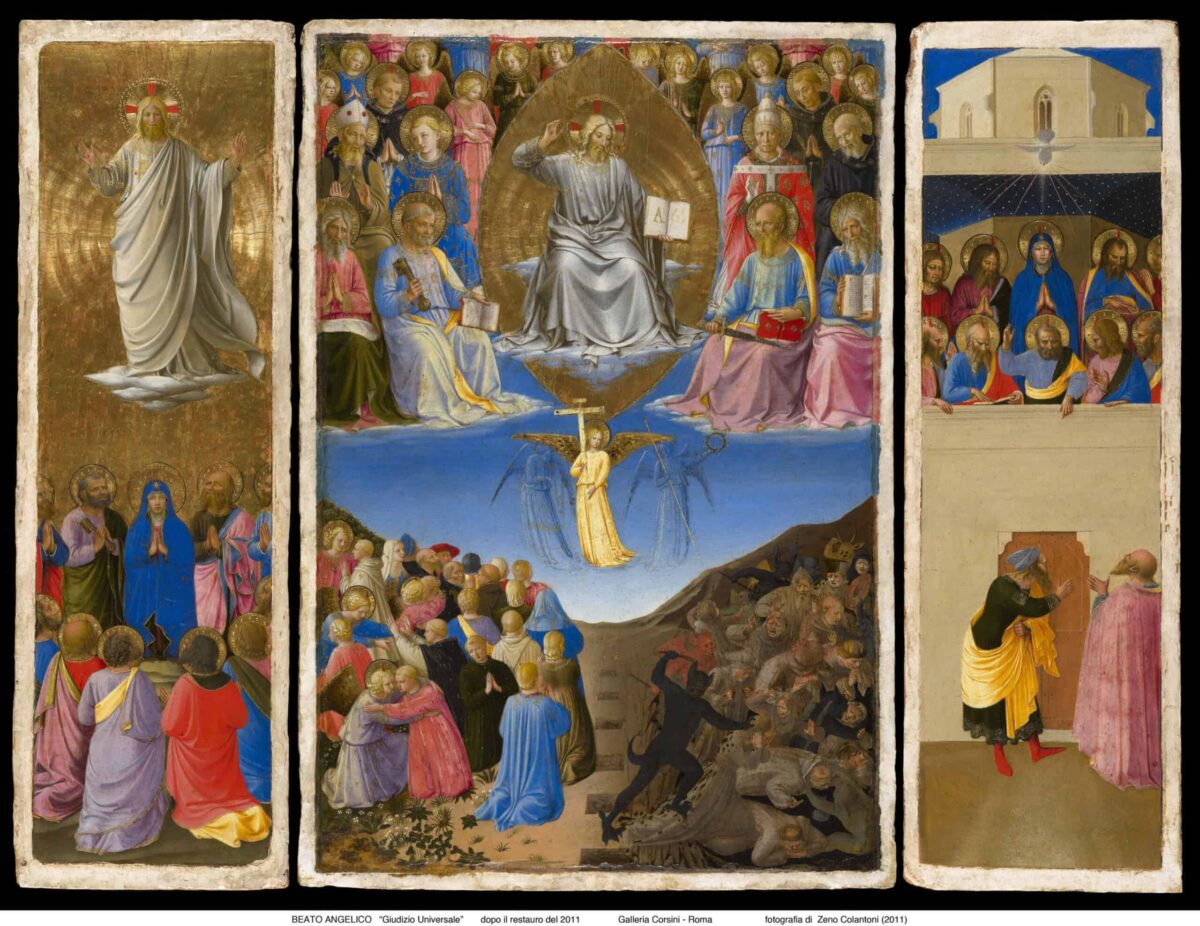
I appreciated the still lives of the Camera Verde, as well as Abraham Brueghel’s seasonal variations around flowers and fruits, before retracing my steps within the Galleria Corsini, giving a last look to the painted ceilings and going for a stroll within the Trastevere district. So much beauty deserves to be reflected on… make sure you give it the time it deserves.
CLICK HERE TO BUY TICKETS TO PALAZZO BARBERINI AND GALLERIA CORSINI
Palazzo Barberini
Via delle Quattro Fontane, 13 (Centro Storico)
Tuesday – Sunday 10am – 6pm
Tickets €2 – €12 (one ticket valid for 20 days for both Palazzo Barberini and Galleria Corsini)
Galleria Corsini
Via della Lungara, 10 (Trastevere)
Tuesday – Sunday 10am – 6pm


